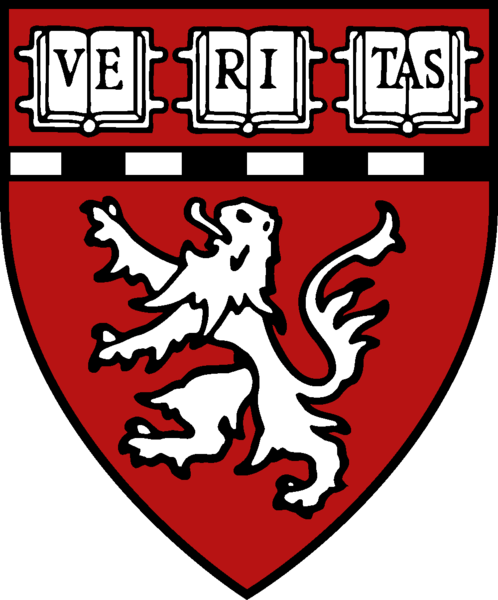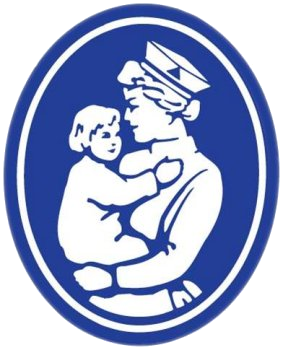


Chapter 5: Understanding visual representation by developing receptive-field models
Kendrick N Kay
Neuroscience Institute,
To study representation in the visual system, researchers typically adopt one of two approaches. The first approach is tuning curve measurement, in which the researcher selects a stimulus dimension and then measures responses to specialized stimuli that vary along that dimension. Stimulus dimensions can range from low-level dimensions, such as contrast, to high-level dimensions, such as object category. The second approach is multivariate pattern classification, in which the researcher collects the same type of data as in the tuning-curve approach but uses these data to train a statistical classifier that attempts to predict the dimension of interest from measured responses. This approach has recently become quite popular in functional magnetic resonance imaging (fMRI).
In this chapter, we argue that the tuning curve and classification approaches suffer from two critical problems: first, these approaches presuppose that individual stimulus dimensions can be cleanly isolated from one another, but careful consideration of stimulus statistics reveals that isolation is in fact quite difficult to achieve; second, these approaches provide no means for generalizing results to other types of stimulus. We then describe receptive-field estimation, an alternative approach that addresses these problems. In receptive-field estimation, the researcher measures responses to a large number of stimuli drawn from a general stimulus class and then develops receptive-field models that describe how arbitrary stimuli are mapped onto responses. Although receptive-field estimation is traditionally associated with electrophysiology, we review recent work of ours demonstrating the application of this technique to fMRI of primary visual cortex. The success of our approach suggests that receptive-field estimation may be a promising direction for future fMRI studies.
Key
words: receptive field, fMRI, computational model, decoding, sensory
representation, shape representation, reverse correlation